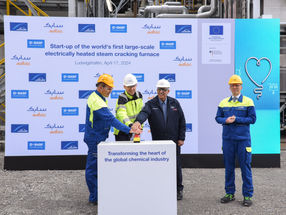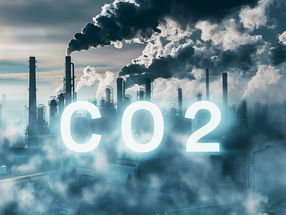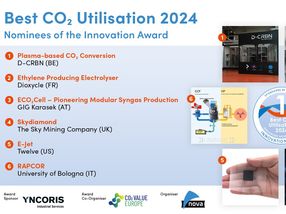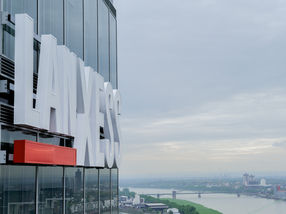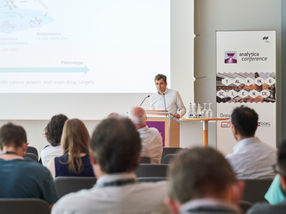Ongoing Political Unrest in Ukraine Impacting Fertilizer, Ammonia and Urea Industries
Escalation of the ongoing Ukraine conflict that first involved Russian intervention and has now evolved to a dispute between separatists in Eastern Ukraine seeking autonomy and the government in Kiev, is disrupting production and exports of fertilizer and ammonia from the Black Sea, since plants in Eastern Ukraine have been shut down for two months over fears of personnel safety. Plants in the Donetsk region have temporarily shut down, and the remaining fertilizer plants in Ukraine are operating at low rates due to soft seasonal demand and low fertilizer prices. The crisis has already affected chemical production in Ukraine, where the output of nitrogen fertilizers decreased by 27.6 percent in first quarter 2014 as compared to first quarter 2013.
IHS Chemical fertilizer and ammonia industry analyst, Evgenia Apostolopoulou, Ph.D., provides an analysis on the impacts of the current political unrest in Ukraine on the country’s fertilizer, urea and ammonia markets.
Ukraine is one of the world’s largest producers of ammonia and nitrates, and ranks fourth globally in terms of exporters for these products, with international sales of 1.2 million metric tons (MMT) each in 2012, accounting for 6.5 percent and 7 percent, respectively, of the ammonia and nitrates trade, worldwide. (Ukraine exports for 2013 are estimated to be just over 6.1 percent and approximately 6 percent, respectively).
Ammonia, urea and other nitrogen-based fertilizer products are key components essential to expanding global food crop production. As a result of this Ukrainian production stoppage, countries dependent upon Ukraine nitrogen fertilizer imports, including France, Greece, and other countries in Western Europe and in the U.S., are facing potential supply deficits and price increases prior to the fall planting season of winter wheat. In the U.S., this crop is planted in September-October, and in Europe it is planted in October-November, and nitrogen is applied prior to or at planting stage. However, in the U.S. and Europe, the majority of nitrogen in agriculture is applied in the spring to feed various crops, with application peaking in April. In third quarter and fourth quarter 2014, we expect to see more upbeat demand to replenish inventories for the spring application season. Furthermore, other key importers like Brazil and Thailand are expected to become more active in buying tonnage, particularly from September onward. Beginning in the third quarter of 2014, we expect a tighter supply/demand balance will likely lead to nitrogen prices strengthening.
The two plants that have closed - Stirol and Azot - are part of the Ostchem Group DF, and are located in the Donetsk and Lugansk regions. They account for 36 and 32 percent of the Ukrainian ammonia and urea production, respectively.
So far there hasn’t been an impact on the ammonia and urea prices. This is largely due to product coming from Russia (ammonia and urea) and China (urea). There is material being exported from the Black Sea that is of Russian origin as well as product coming from the other Ukrainian plants that are still operating.
Most read news
Other news from the department business & finance

Get the chemical industry in your inbox
From now on, don't miss a thing: Our newsletter for the chemical industry, analytics, lab technology and process engineering brings you up to date every Tuesday and Thursday. The latest industry news, product highlights and innovations - compact and easy to understand in your inbox. Researched by us so you don't have to.


